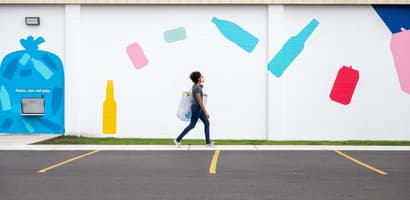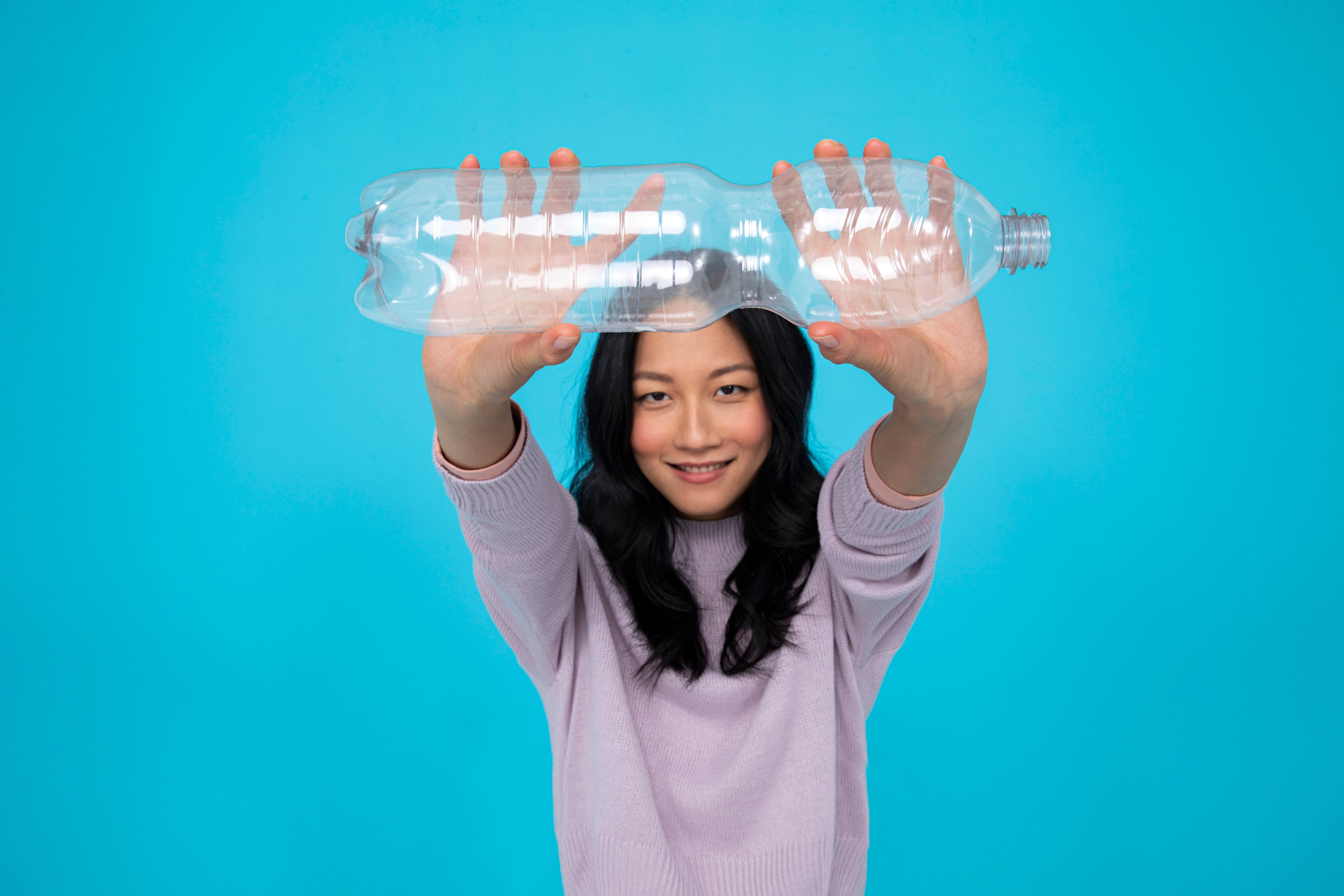Young recyclers have digital experience high on agenda, research reveals
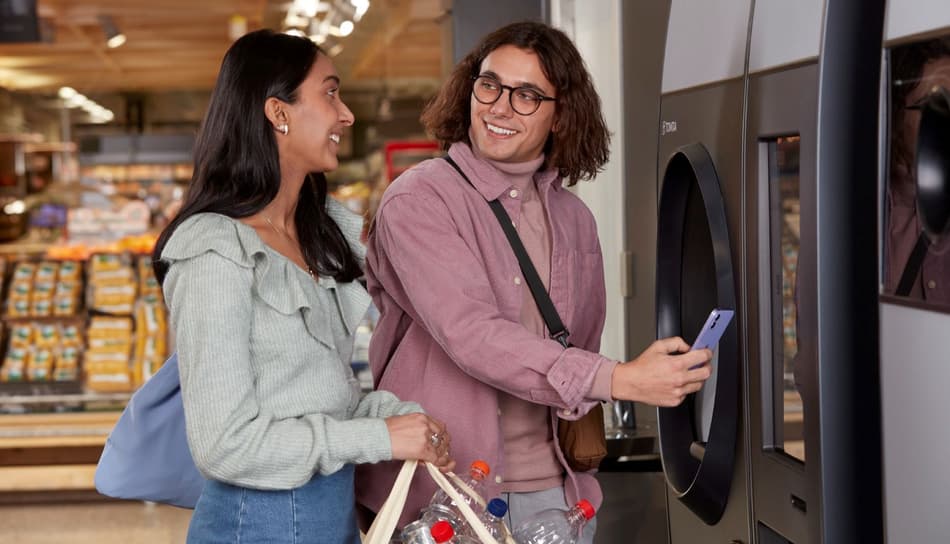
TOMRA has commissioned a European study examining what young people want and expect when they recycle drink containers – showing the digital demands of recyclers aged 18-30, and providing valuable insights for the retailers where bottles and cans are returned. The study explored recycling trends across seven countries with deposit return systems, which incentivize recycling through a deposit that can be redeemed when containers are returned for recycling.
“The findings have allowed us to explore the differences in the motivations and behaviors of young recyclers. As well as citing consideration for the environment as one of their key drivers to recycle, they placed greater emphasis on digital receipts and using reverse vending machines to make charitable contributions,” says Mette Mari Heyerdahl, Head of Marketing at TOMRA Collection.
We set out to help grocery retailers better understand consumer recycling behavior in order to improve their reverse vending facilities. Those who get it right have the opportunity not only to improve the environment and reduce litter, but also to drive customer footfall and loyalty.

Young recycler preferences
The research also looked at the recycling trends around the likes and dislikes of the under-30 age group. What young recyclers want:
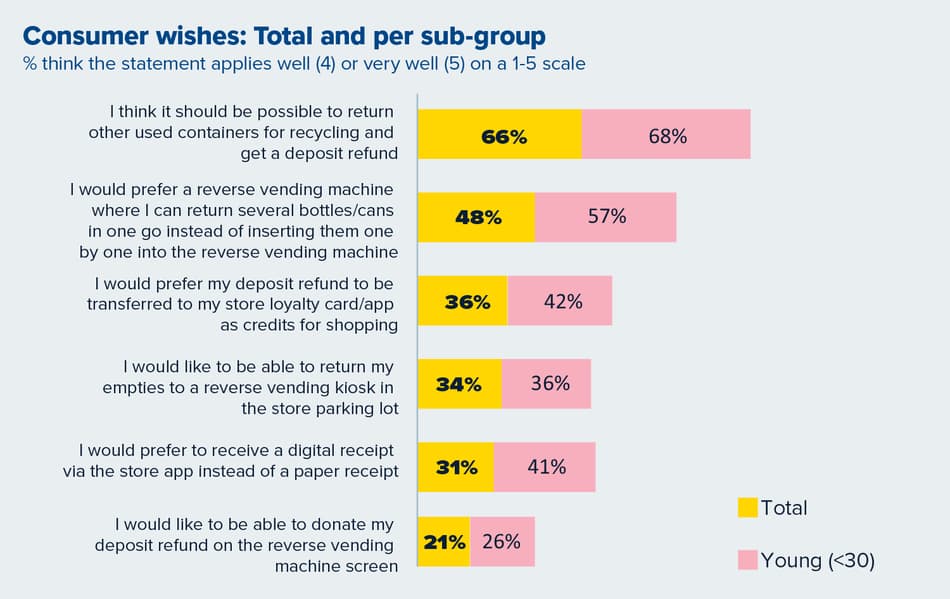
"The influence that today’s increasingly digital lifestyles have had on these recycling trends is clear, particularly among this younger group. Compared with the wider survey group, they placed more importance on being able to use a reverse vending machine to transfer their refund on to their store cards, and digital receipts also ranked higher for them,” says Mette Mari Heyerdahl.
Something that also shone through was the philanthropic nature of young recyclers, as they had a stronger desire to be able to donate their deposit to charity using the machines.
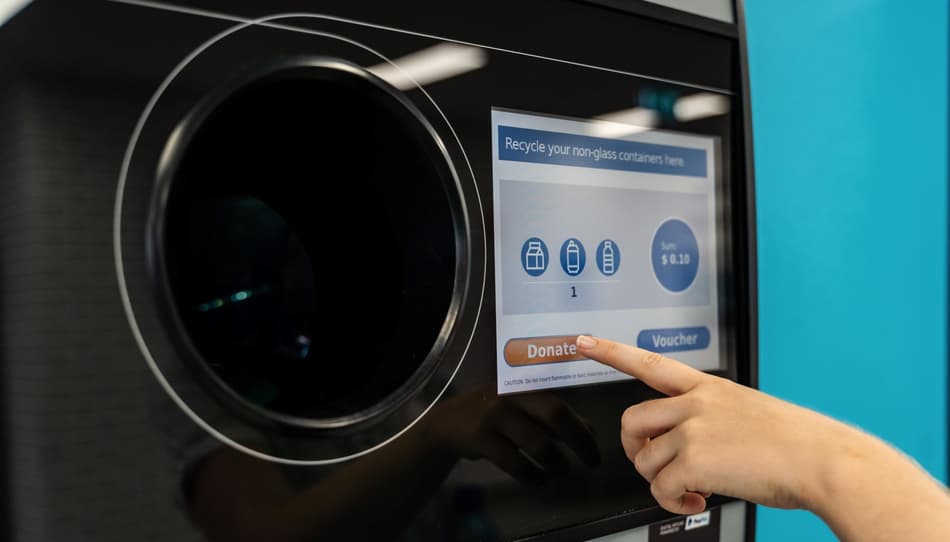
There was a significant appetite for deposit return system expansion that would allow other types of containers to be returned for recycling. Improving convenience was also high on the agenda.
Young recyclers’ top-five satisfaction drivers related to reverse vending machines:
- No machine downtime (87%)
- Easy to use reverse vending machines (83%)
- Ability to return all container types to the same machine (81%)
- Quick scanning of containers (78%)
- Machine screen showing containers being counted / refund amount (78%)
On things that bother them, this hygiene-conscious group (when compared with the overall survey sample) is slightly more likely to get annoyed at things like dirty/smelly machines and the inability to wash hands after recycling. More than half also admitted they’d go to another store if the queue was too long, demonstrating just how important it is for retailers to deliver a smooth and pleasant recycling experience if they want to retain their customers.
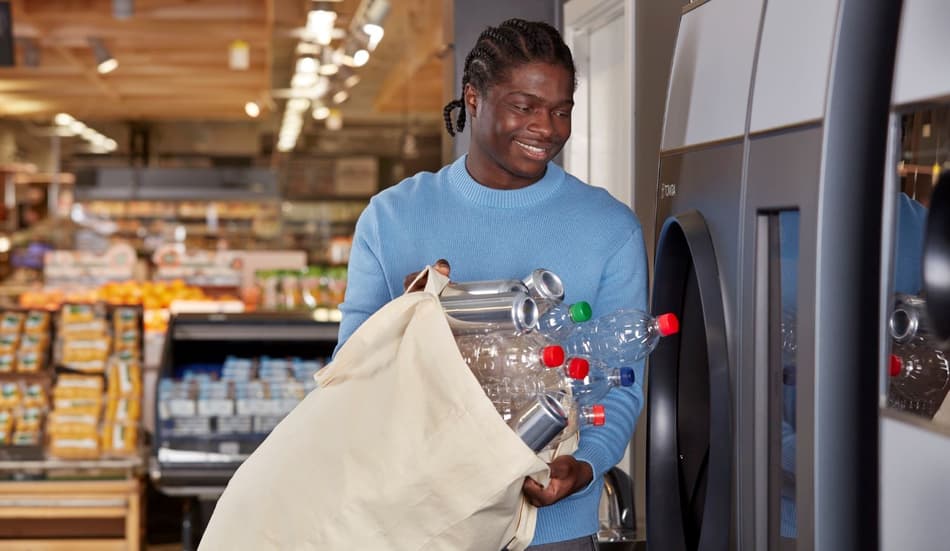
Reasons to recycle
The recycling trends show that reclaiming the deposit refund is the main motivator for recycling among your people, although environmental concerns are a close second. Below are young recyclers’ top reasons to return drink containers, many of which dovetail with the motivations of respondents of all ages in the survey:
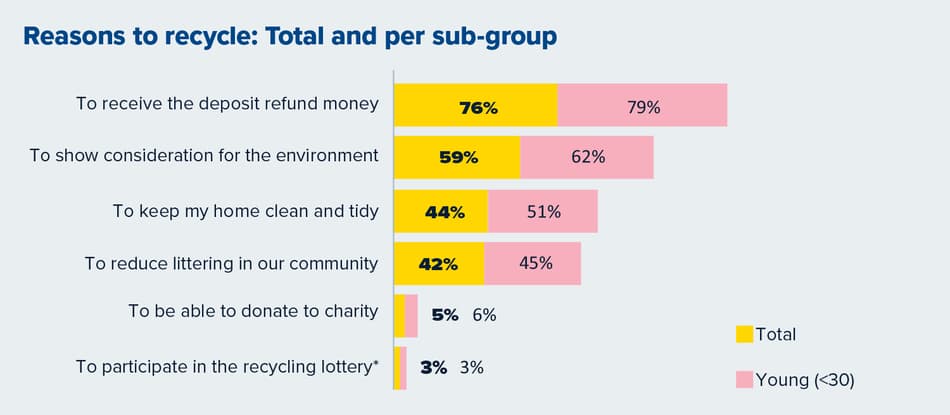
However, one country out of the seven, Slovakia, bucked the trend, with youth recyclers putting environment right at the top of the list. Young recyclers in Germany and the Netherlands, on the other hand, placed more emphasis on keeping their homes tidy and put environment in third place.
Store selection and deposit redemption
The TOMRA study went on to explore what influences consumers when they choose a recycling location. The most popular option chosen by the total study population was returning empties to the store where they do most of their grocery shopping (31%), while only 26% use the store closest to home. This was opposite for young recyclers, with the store closest to home their first choice (33%) and a slightly lower 30% preferring their main grocery store.
On reasons generally to choose a shopping location, low prices was the main attractor across the board, and in several countries a clean and well-organized store was highly important. Availability of parking was much less important, with fewer in this age group having access to a car. This age group was also more in favor of self-service checkouts when compared with the whole study group.
"We also wanted to explore ‘recycling loyalty’,” explains Mette Mari Heyerdahl. “We found that 81% of young recyclers put their deposit refund towards grocery purchases at the store where they return their containers, lower than for respondents of all ages (87%). Young recyclers were more likely to redeem the receipt for money without buying in store, with 13% choosing this option.”
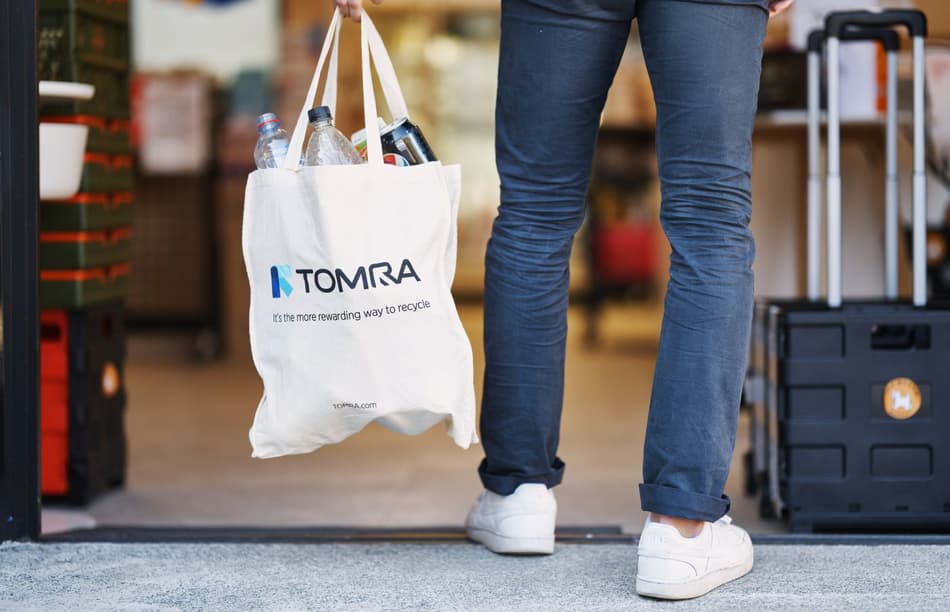
Frequency and volume recycling trends
Almost half (46%) of those in the under-30 age bracket return their drink containers 1-2 times per month. Just over a quarter (26%) prefer to do so every other month. 20% opt for once a week, while 8% make several visits per week.
Although young recyclers were found to return their containers less often, it was noted that they return more containers per person than average.
“In six of the seven countries they showed a clear preference for recycling once or twice a month, but Slovakia was the exception,” adds Mette Mari Heyerdahl. “When we look at this data alongside the volume of containers they recycle, we can see Slovakia’s young consumers are split between recycling little and often, or waiting until they have a larger amount of up to 39 containers before they return them.”
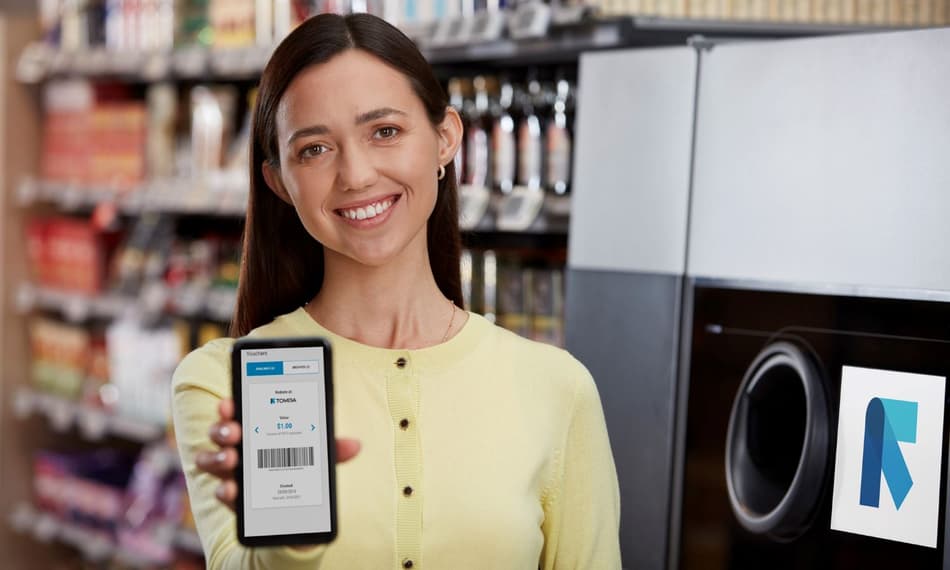
Using recycling trends to be competitive
TOMRA believes the results of the study can be extremely useful to retailers who want to drive consumer loyalty and ultimately boost sales.
“This research has provided valuable insights into what recyclers want to see now and in the future. These recycling trends showed us that reliability, convenience, speed and hygiene are key, and retailers should also be mindful of how highly the younger demographic rates digital experiences,” Mette Mari Heyerdahl concludes.
To find out more, download the report.
The seven countries surveyed (Sweden, Norway, Finland, Denmark, Germany, the Netherlands and Slovakia) operate a type of deposit return system called the “return-to-retail” model. This means that stores selling beverages have a legal responsibility to accept used containers for recycling.
A total of 7,000 consumers aged 18-70 were surveyed, 1000 from each country, exploring recycling trends, such as how they choose where to recycle and ways in which they think the experience could be enhanced. The findings provide important learnings for retailers seeking to understand their customers and, crucially, to drive traffic and loyalty to their stores.
Young recyclers (under 30 years old) accounted for 20% of those surveyed.
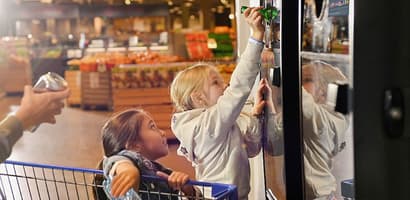
87% of drink container recyclers spend their deposit refund in store, new survey finds
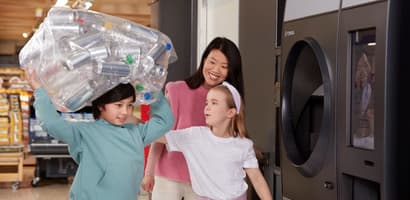
Why high-volume recyclers can be high-value customers
